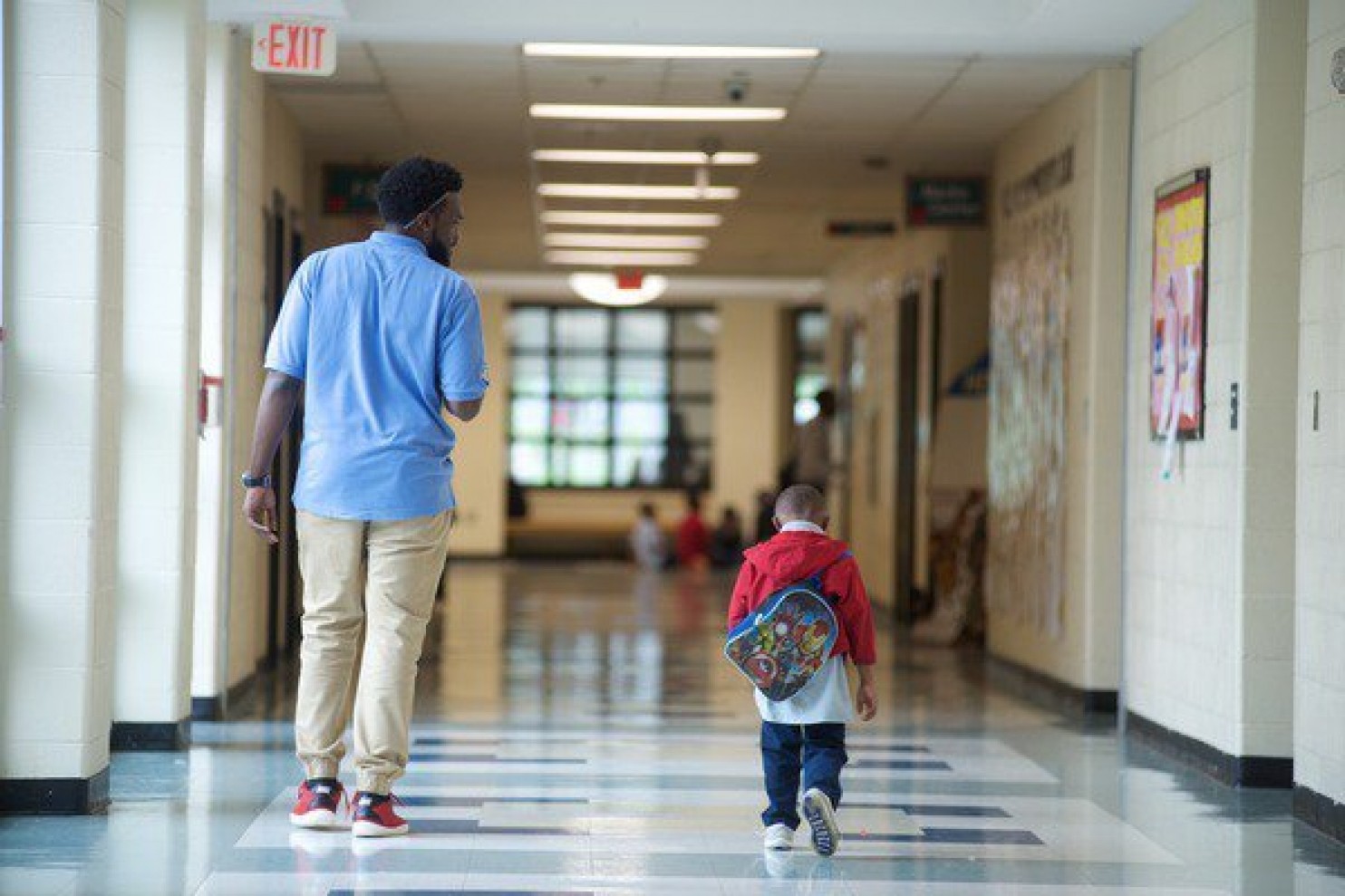Trump's Budget Leaves Poor, At-Risk Children Behind
BY RAJITMEET SINGH

President Trump’s proposed budget cuts $1.2 billion from after-school programs, programs that rely on federal funding to break down education barriers and provide services to low-income students. Nearly 2 million low-income children may lose programs that have normally been places to keep kids safe, inspire them to learn and help parents keep their jobs. Across the country, after-school programs have served a diverse population of students and demonstrated their ability to help American students reach their full potential in schools. For most of these kids, time after school is spent raising standardized scores in English and math, gaining skills for the workforce and providing overall preparation to students to graduate high school and go to college. For low-income students, these programs often provide additional meals, internet access and safe places to study. However, the demand for these programs already far exceeds the supply. For every child in an after-school program, two are waiting in line to get in.
Trump’s administration plans to defund the U.S. Department of Education by 13.5 percent, or $9.2 billion, and eliminate nearly 20 departmental programs they believe “are not effective, duplicate others, or...do not serve national needs.” In addition, Trump’s proposed budget plans to eliminate the Supplemental Educational Opportunity Grants, which offers need-based aid to around 1.6 million low-income undergraduates each year. The budget proposal also calls for $200 million in cuts to federal TRIO (replace with) outreach and student services programs, which benefit low-income, first generation and disabled students, and Gaining Early Awareness and Readiness for Undergraduate Programs, a program that helps prepare low-income middle and high school students for college.
The decreased funding will have many repercussions for students and educators across the country. The proposal, for instance, goes hand-in-hand with the “school to prison pipeline system,” a disturbing national trend against children of color which effectively funnels them out of public schools and into the juvenile and criminal justice systems, usually through zero-tolerance policies that suspend students for minor infractions of school rules. Afterschool programs, on the other hand, are agencies of growth and development. At-risk students benefit the most from welfare participation. Studies say that after-school programs reduce crime by providing stability and resources, increasing young people’s potential and improving student performance in school.
Overall, decreased funding will make room for Trump’s top education priority: school choice. Under the new budget, the administration wants to spend an unprecedented $1.4 billion to expand vouchers in public and private schools, charter schools and Title I “portability,” a controversial form of choice that will allow $1 billion in federal funds to follow poor children to the public school of their choice. School districts in urban areas will not get much out of the funding that is slated to go to expanding student options for school choice, since it is likely the “portability” will redirect federal aid money away from high-poverty schools. John King Jr., who was education secretary under President Barack Obama, said the proposal was “an assault on the American Dream that would disproportionately harm the poor and children of color.”
Threatened by President Trump’s budget proposal, many educational programs are on the chopping block, programs that serve many of the nation’s most at-need students toward bolstering academic performance, developing social skills and sustaining an enriching, safe environment to spend the afternoon. The 21st Century Community Learning Centers helps schools districts, churches and nonprofit groups to serve more than 1.6 million children nationwide. It is not true that these programs do not work, and it is evident that if programs like these are eliminated in favor of school-choice, it will only decrease options for at-risk students.
